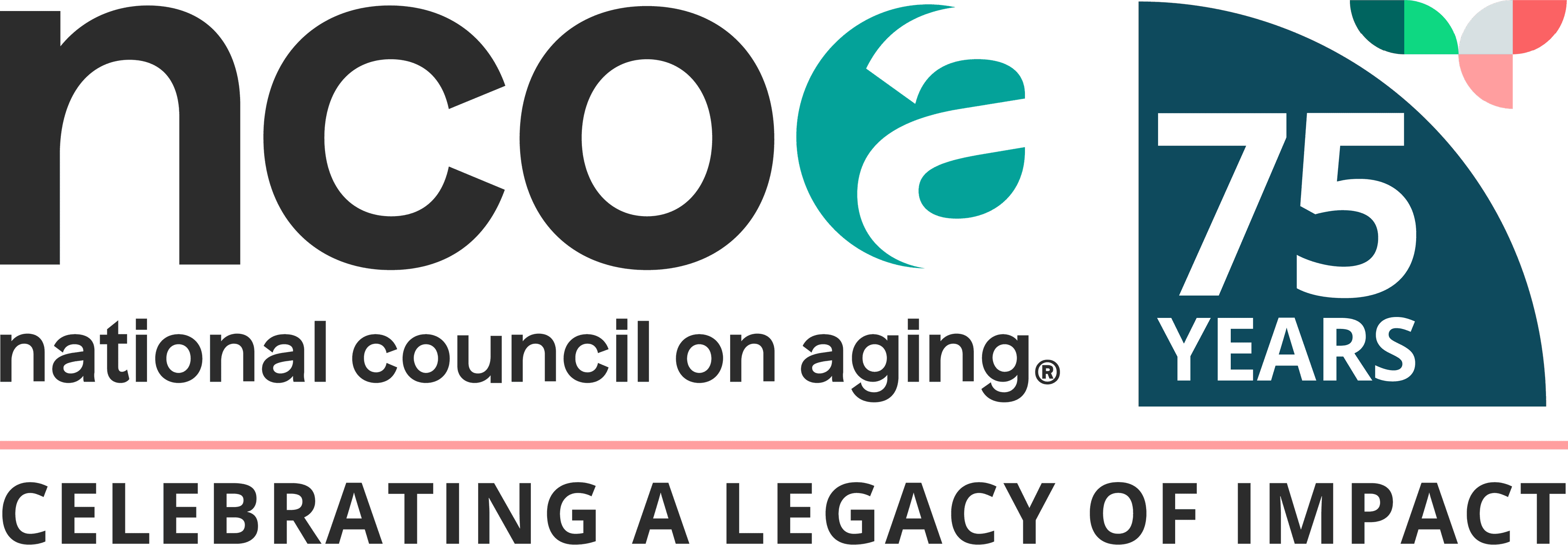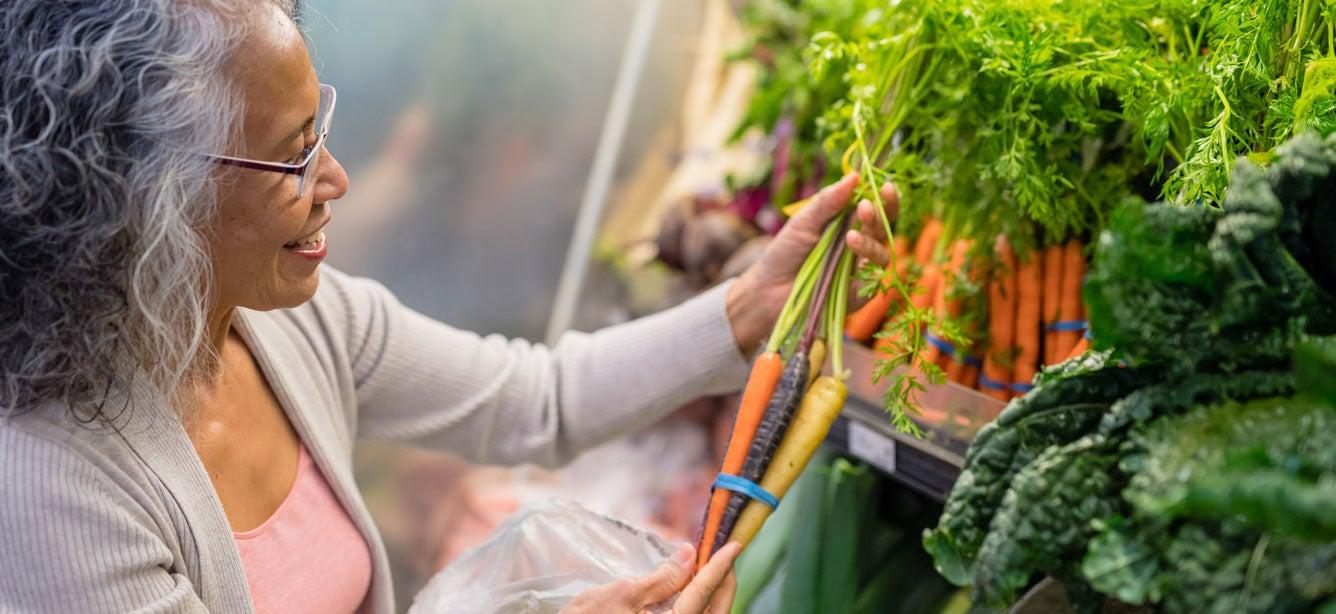
Related Topics
Good nutrition is essential to our well-being at all ages. Starting in early life, all the way through older adulthood, diet plays a critical role in supporting healthy brains, healthy bodies, and healthy lives.
Nutrition is especially important in the first 1,000 days from a woman’s pregnancy to her child’s second birthday. During this time, food fuels a baby’s rapidly growing brain and builds the foundations for lifelong health. If you’ve spent much time with a grandchild or another young child, you won’t be surprised to learn that more than 1 million new neural connections are formed every second1 during the early years!
If you’re an older adult, eating a variety of nutritious foods can help keep your mind and body strong and lower your risk for disease.
Unfortunately, many Americans do not have consistent access to healthy, affordable food. In 2023, 13.5% of U.S. households experienced food insecurity, which means they were uncertain of being able to get enough food to meet their needs.2
How can SNAP help with access to healthy, affordable food?
The Supplemental Nutrition Assistance Program (SNAP)—formerly known as the Food Stamp Program—supplements household budgets so people can buy the food they need. In fiscal year 2023, SNAP provided vital financial support to roughly 42 million Americans each month.3 Every day, SNAP makes a difference in the lives of older adults and their loved ones, including women and children in the first 1,000 days.
Three ways that SNAP helps families
1. SNAP helps eligible, low-income people and families put food on the table.
According to the most recent data, adults ages 60 and over who live alone received an average monthly benefit of $188 per month.4 Households with children are often larger and so received an average benefit of $574 per month.4
SNAP benefits are flexible and easy to use. They are delivered monthly through electronic debit cards (EBT cards), which can then be used to buy groceries at one of hundreds of thousands of authorized retailers nationwide, ranging from superstores to farmers markets. Some states are even exploring the use of SNAP benefits for purchasing food through online retailers.
2. SNAP protects the health and well-being of older adults
SNAP helps ensure children have a strong start and older adults can age with good health and independence.
When mothers and babies cannot access good nutrition, their immediate and long-term health and well-being suffers. But, when families receive nutrition assistance through SNAP, they experience less food insecurity and improved outcomes. Mothers have healthier babies, young children develop on-track, and older children perform measurably better in school.
Similarly, SNAP can help protect the health and well-being of older adults. By supporting the purchase of nutritious foods, SNAP promotes a healthy and independent lifestyle. Research shows that accessing SNAP can even help keep older adults out of nursing homes and reduce hospital admissions.
3. SNAP often supports fixed incomes when it’s needed most
Anyone can face unexpected challenges. SNAP lifts millions of households out of poverty and provides the support older adults and families need to get back on their feet, especially those living on a fixed income. In fact, one analysis by the Center on Budget and Policy Priorities found that SNAP has a stronger anti-poverty effect than any other program.5
If you or your family members are struggling to get enough food, remember that SNAP can help. Use NCOA’s BenefitsCheckUp® to browse programs that can help you afford groceries, housing, utilities, prescription drugs, health care, and more.
To learn more about the first 1,000 days and how you can join the fight to build a strong foundation for all mothers, children, and families to thrive, visit 1,000 Days on Facebook.
Sources
1. Harvard University Center on the Developing Child. InBrief: The Science of Early Childhood Development. Found on the internet at https://developingchild.harvard.edu/resources/inbrief-science-of-ecd/.
2. USDA Economic Research Service. Food Security in the U.S. - Key Statistics & Graphics. Found on the internet at https://www.ers.usda.gov/topics/food-nutrition-assistance/food-security-in-the-us/key-statistics-graphics
3. . USDA Economic Research Service. Percent of population receiving SNAP benefits in fiscal year 2023. July 22, 2024. Found on the internet at https://www.ers.usda.gov/data-products/chart-gallery/chart-detail?chartId=55416
4. USDA. Characteristics of Supplemental Nutrition Assistance Program Households: Fiscal Year 2023. April 2025. Found on the internet at https://fns-prod.azureedge.us/sites/default/files/resource-files/snap-FY23-Characteristics-Report.pdf
5. CBPP. Chart Book: SNAP Helps Struggling Families Put Food on the Table. Updated November 25, 2024. Found on the internet at https://www.cbpp.org/research/food-assistance/snap-helps-struggling-families-put-food-on-the-table-0



